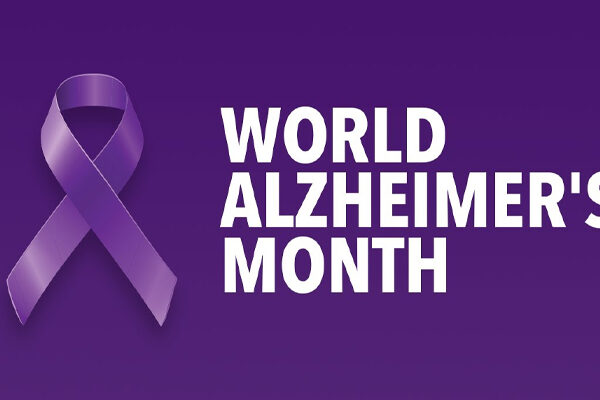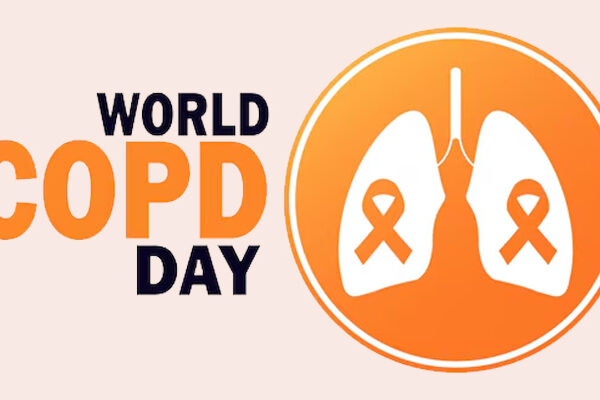What Is Childhood Absence Epilepsy?
Childhood absence epilepsy (CAE) is a neurological condition where children experience brief episodes of unconsciousness known as absence seizures. These seizures are characterized by sudden, short lapses in awareness often mistaken for daydreaming. They typically begin between the ages of 4 and 10 and are more common in girls than boys.
During an absence seizure, a child may suddenly stop talking, stare into space, or pause mid-activity. These episodes usually last less than 15 seconds and occur multiple times a day. Because they are so brief, they can go unnoticed or be confused with attention issues or behavioral disorders.
Who Gets Childhood Absence Epilepsy?
CAE generally affects children between ages 4 and 10 and has a strong genetic component. If there is a family history of epilepsy or absence seizures, the chances may increase. This form of epilepsy is considered idiopathic, meaning there is no known structural brain abnormality; it’s often linked to inherited traits or abnormal electrical activity in the brain.
Although childhood absence epilepsy can appear in any child, studies show it’s slightly more prevalent in girls. Environmental factors like lack of sleep or flashing lights may also trigger seizures in susceptible children.
How Is Childhood Absence Epilepsy Diagnosed?
Diagnosing childhood absence epilepsy involves a comprehensive evaluation that typically includes:
- Detailed symptom history: Parents or caregivers often report repetitive “staring spells.”
- EEG (electroencephalogram): This test records brain wave activity and is the most definitive diagnostic tool. Children with CAE often show a distinct 3-Hz spike-and-wave pattern on EEG.
- Hyperventilation test: This is sometimes used during EEG to provoke a seizure for observation.
- Magnetic Resonance Imaging: MRI scans are not usually necessary unless another neurological issue is suspected.
How Long Do Absence Seizures Last? H2
Most childhood absence seizures last between 5 to 15 seconds. Unlike generalized tonic-clonic seizures, there is no convulsing or falling. A child may simply pause, stare, flutter their eyelids, or make subtle movements like lip-smacking. Afterward, they return to normal activity without being aware of the event.
However, the frequency can be concerning; some children may have dozens or even hundreds of these seizures daily, significantly impacting learning and attention in school.
Are You Aware During an Absence Seizure?

No. One of the main features of childhood absence epilepsy is the complete lack of awareness during the seizure. Children typically do not remember the episode afterward, and there is no warning or post-seizure confusion.
This lack of awareness can sometimes lead to delayed diagnosis, especially when teachers or parents assume the child is simply daydreaming or inattentive.
What Are the Complications of Absence Seizures?
If left untreated, childhood absence epilepsy can lead to:
- Learning difficulties due to frequent disruption in focus
- Social challenges, as peers may not understand the behavior
- Injury risks during specific activities, such as swimming or crossing streets
- Progression to other seizure types, such as generalized tonic-clonic seizures in adolescence (though not always)
However, with early diagnosis and treatment, most children outgrow CAE by their teenage years and go on to live healthy lives.
What Is an Atypical Absence Seizure?
An atypical absence seizure differs from typical absence seizures in several ways:
- They tend to last longer (more than 20 seconds)
- Onset and end are less abrupt
- May include more pronounced motor symptoms like hand movements or muscle twitching
- Typically seen in children with developmental delays or other neurological conditions
Unlike childhood absence epilepsy, atypical seizures often respond differently to medication and may indicate a more complex epilepsy syndrome.
Childhood Absence Epilepsy vs. Juvenile Absence Epilepsy
Understanding the difference between childhood absence epilepsy and juvenile absence epilepsy is crucial:
| Feature | Childhood Absence Epilepsy | Juvenile Absence Epilepsy |
|---|---|---|
| Age of Onset | 4 to 10 years | 10 to 17 years |
| Seizure Frequency | Multiple times per day | Less frequent, longer duration |
| Seizure Types | Mainly absence seizures | Absence + tonic-clonic seizures |
| Prognosis | Often outgrown by adolescence | May continue into adulthood |
Both conditions involve absence seizures, but juvenile forms are often more resistant to treatment and long-lasting.
How Is Childhood Absence Epilepsy Treated?
The goal of treating this condition is to reduce or eliminate seizures with minimal side effects. Common treatment options include:
- Medication:
- Ethosuximide is the first-line treatment specifically for absence seizures.
- Valproic acid and lamotrigine are alternatives, especially if other types of seizure are present.
- Regular Monitoring:
- Follow-up EEGs to assess brain wave activity
- Medication adjustments as the child grows
- Lifestyle Support:
- Consistent sleep schedule
- Avoiding known triggers like flashing lights or hyperventilation
- School Support:
- Informing teachers about the condition
- Special accommodations for learning if needed
Most children respond well to medication, and seizures are often resolved by adolescence. However, some may continue to need treatment or monitoring into adulthood.
Also Read: Is Epilepsy a Disability? Understanding Your Rights
Takeaway
Childhood absence epilepsy may be subtle, but its impact on a child’s development and safety is significant. Recognizing the signs, frequent staring spells, brief lapses in awareness, or unexplained pauses, is key to early intervention. With timely diagnosis and proper treatment, most children live full, active lives free from seizures.
If you suspect your child may be experiencing this condition or want to know more about absence seizures in 2-year-olds, consult a pediatric neurologist. Understanding what is childhood absence epilepsy and the available treatments can empower parents to support their child’s long-term health.




